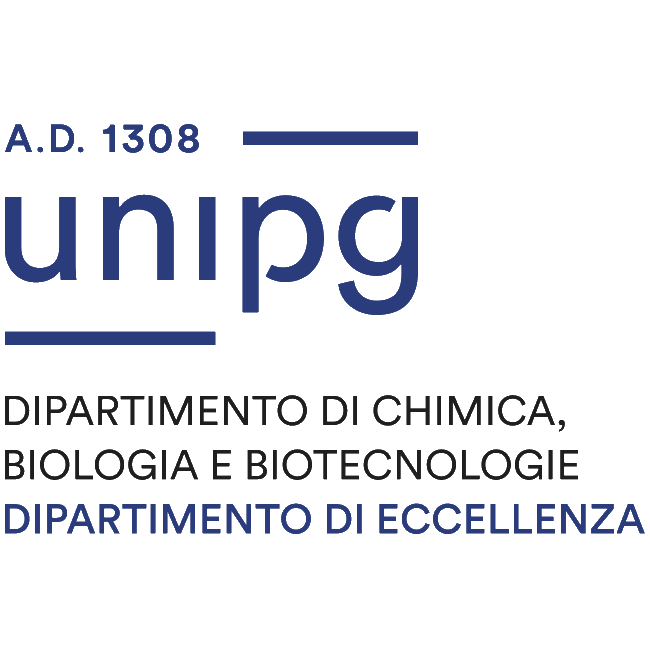Research area: The research activity is focused on the synthesis, characterization and optimization of innovative compounds with potential pharmaceutical interest. Wet-lab and in silico approaches are combined to reach our goals. Concerning the wet-lab experimental work, this includes the synthesis, purification, and characterization of organic compounds of pharmaceutical interest but also the study of their metabolic stability and the safety risk assessment through metabolomics, lipidomics and high-content imaging analyses. Concerning the in silico approaches, they range from target identification, high-throughput virtual screening, drug repurposing, hit-to-lead optimization, physical-chemical and ADMET properties prediction, QSAR, artificial intelligence.
Main Topics
- Target identification. Innovative methods for target identification are available, based on protein-protein comparison and docking approaches.
- Hit discovery and hit-to-lead optimization. From virtual screening campaigns (ligand-based, structure-based, pharmacophore-based) to the in silico evaluation of physico-chemical and ADMET properties for optimization purposes.
- Design and synthesis of innovative organic compounds of pharmaceutical interest. A fully equipped laboratory of organic synthesis is available. Current research efforts are focused on the synthesis of small drug-like compounds and PROteolysis TArgeting Chimeras (PROTACs) small molecules, which are designed to induce target protein degradation .
- Metabolic stability, soft spot prediction and metabolites identification. In silico and wet-lab approaches for evaluating the effect of metabolism on organic compounds prior or after synthesis. Cheminformatics approaches are also used to automatically identify the formed metabolites by HRLC-MS/MS analysis. Metabolism can be studied in several biological matrices (e.g. purified enzymes, S9 fraction, human liver microsomes, human and rat hepatocytes, cells)
- Safety risk assessment by omics approaches. Study of the effect of an organic compound on the metabolomics and lipidomics profiles, as an early evaluation of potential toxicity. HRLC-MS/MS combined to novel in silico tools for big data handling are used to rapidly get information from untargeted approaches.
- High content imaging. The new Operetta CLS equipped with Harmony software completes the safety and mechanistic studies allowing to reveal fine sub-cellular details.






